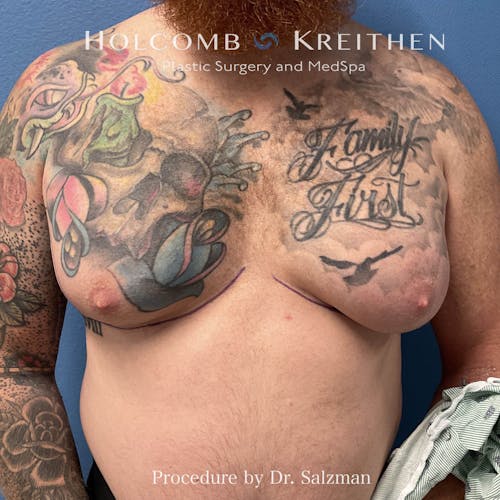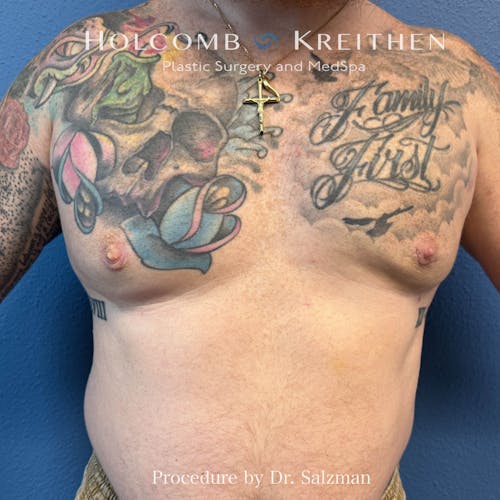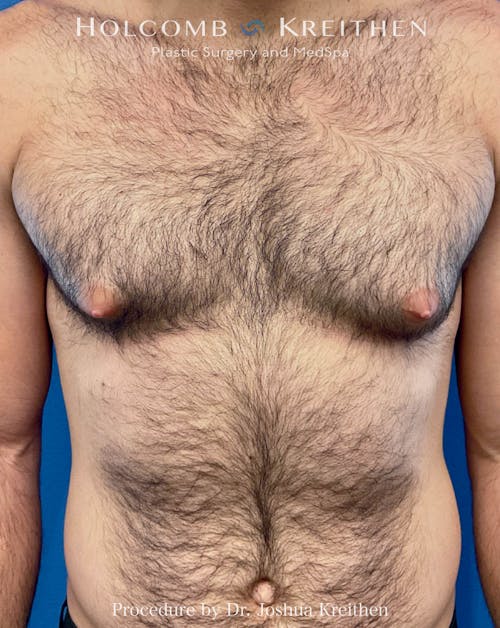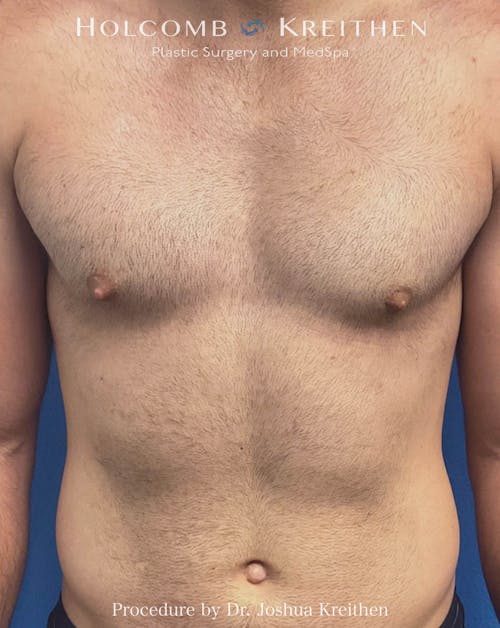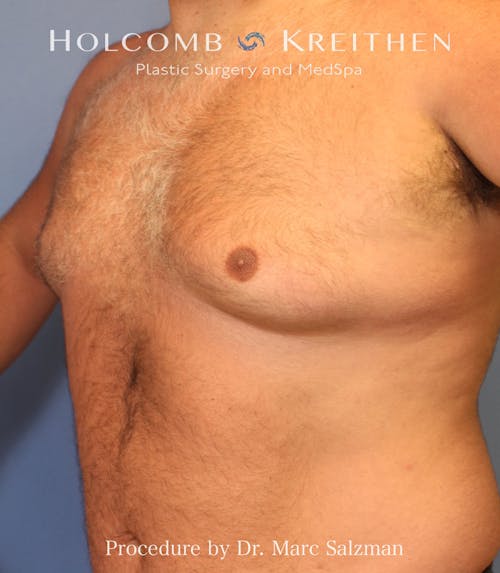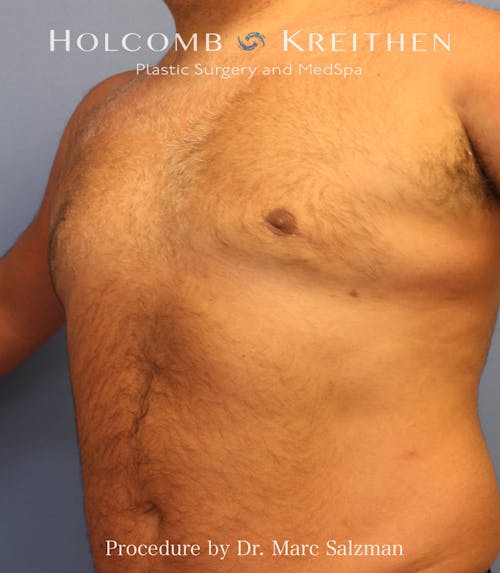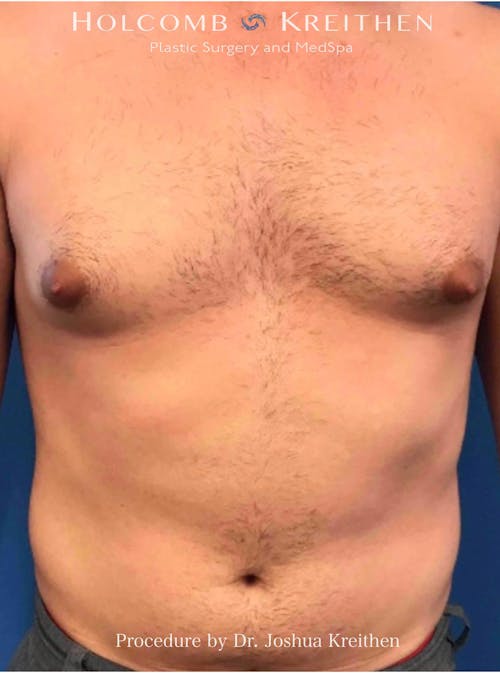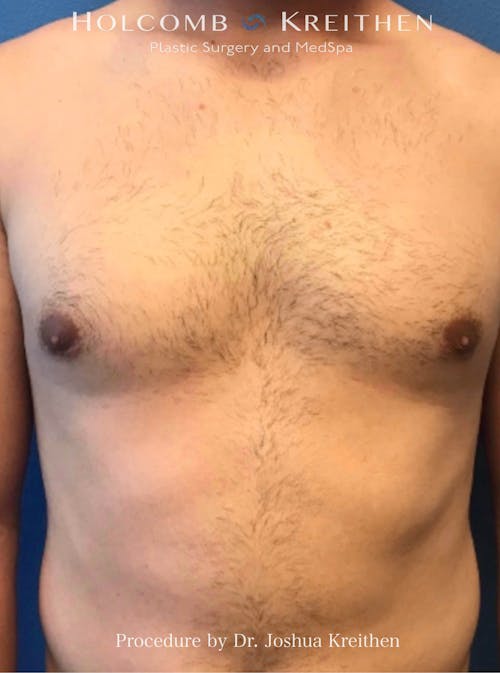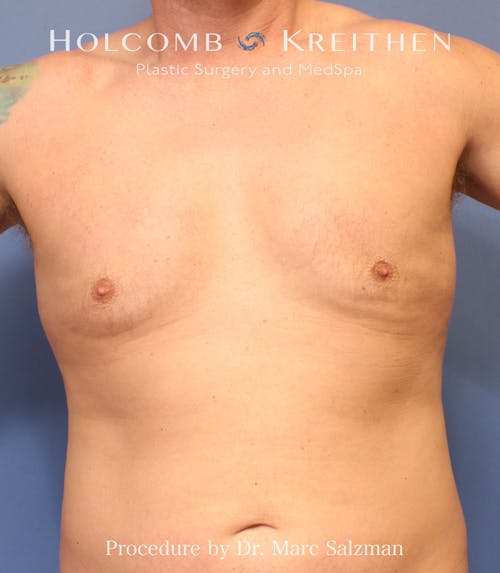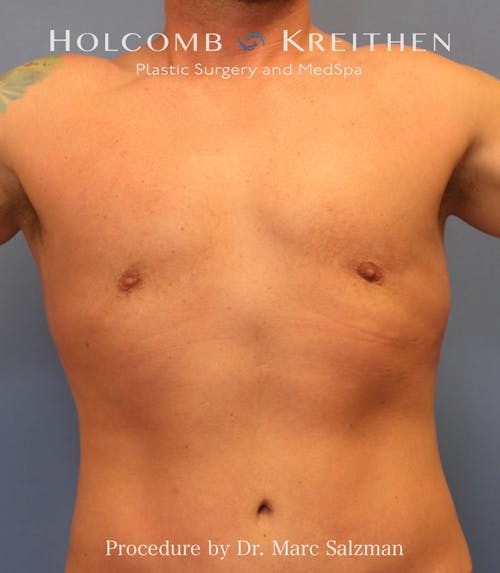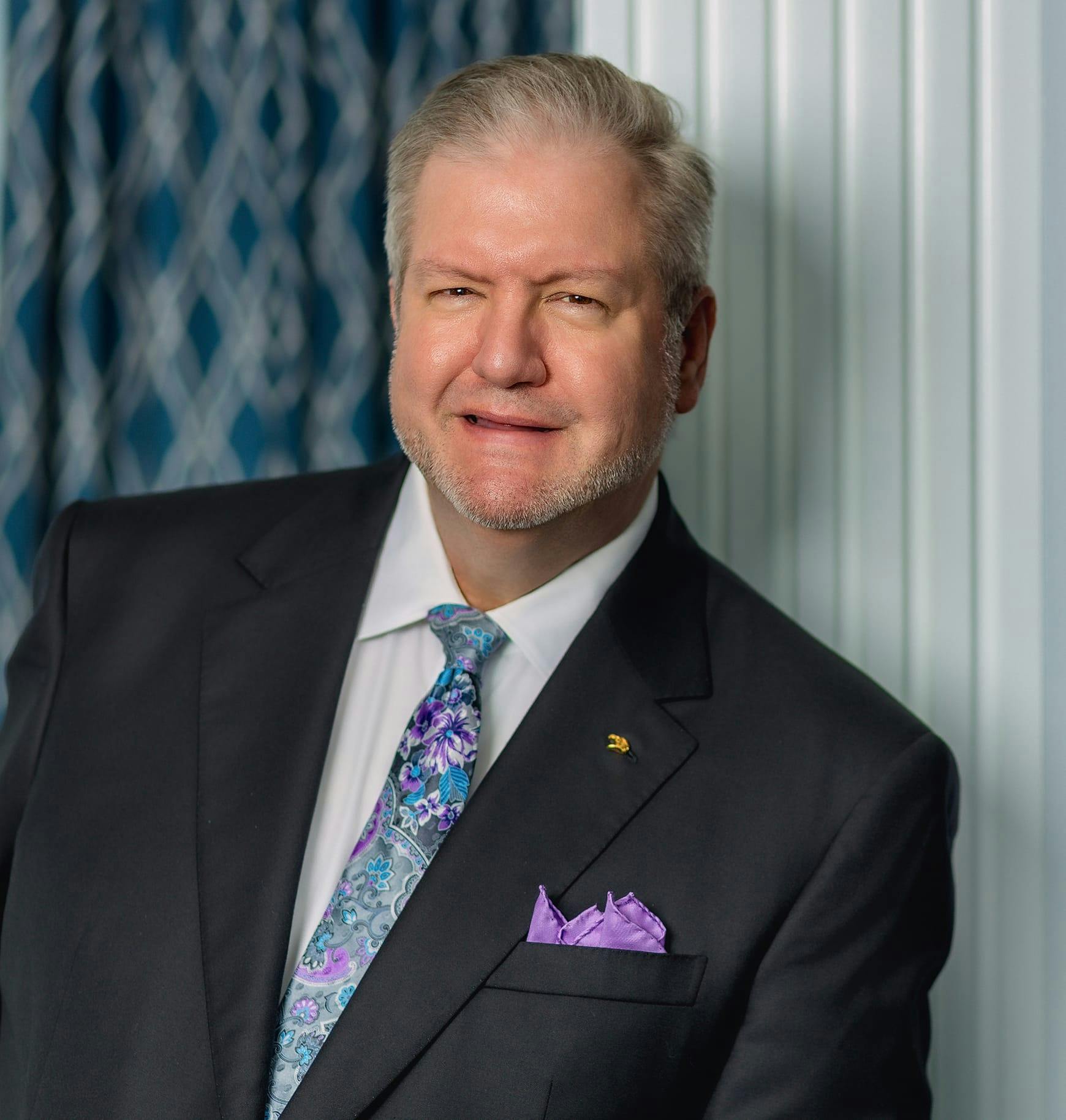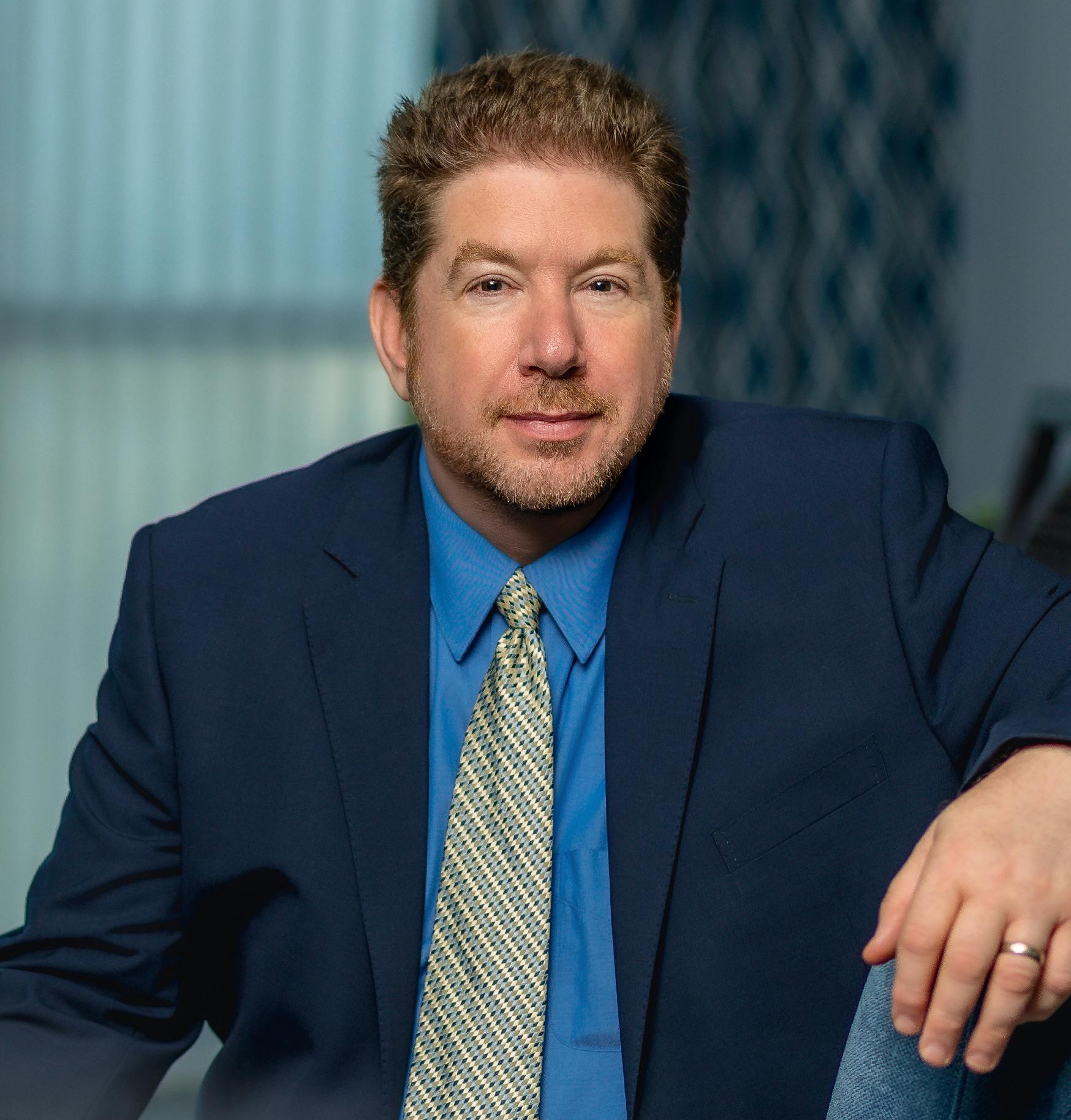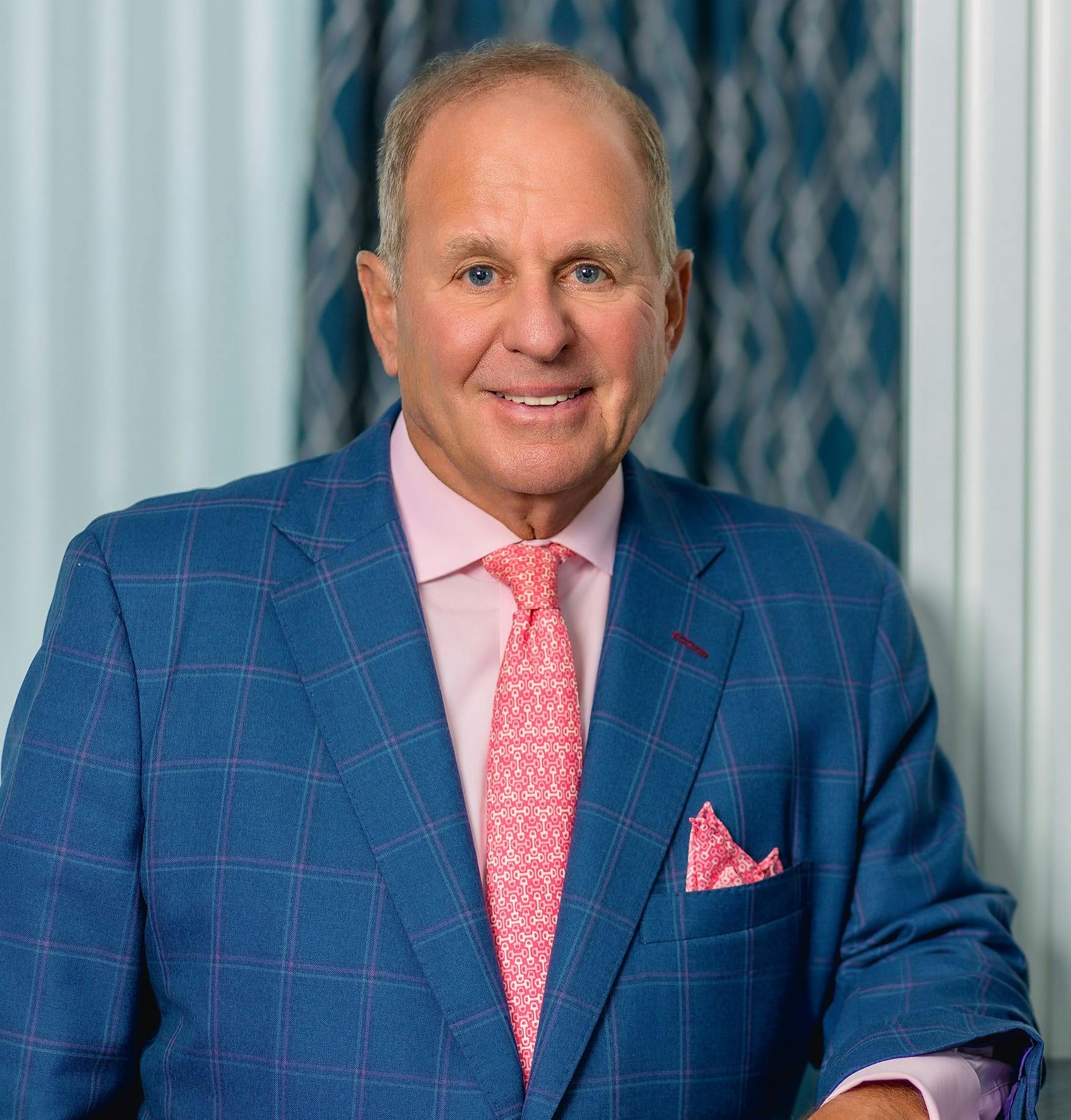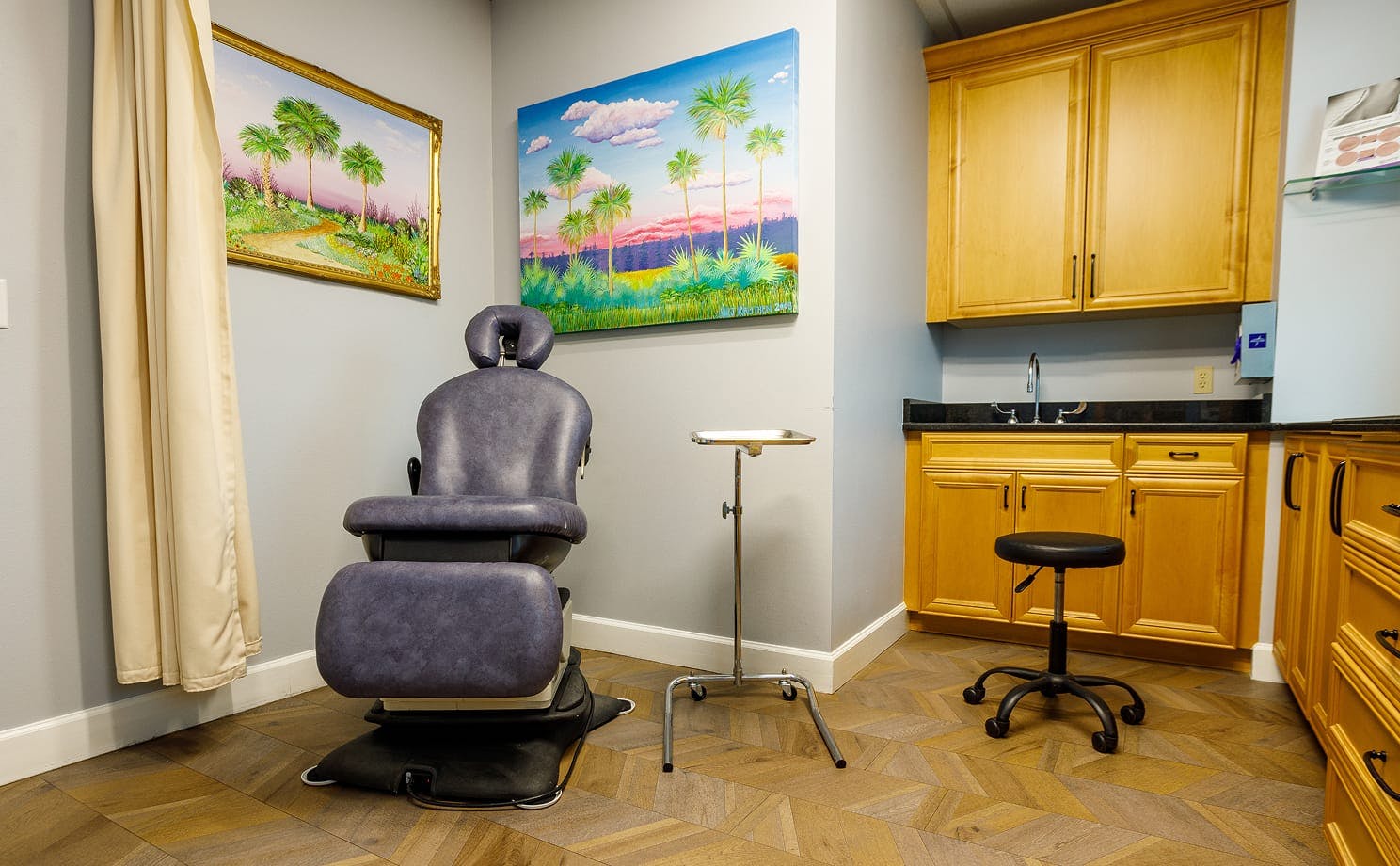Men who have enlarged breast growth, or gynecomastia, suffer from embarrassment and a lack of self-confidence.
Am I a Good Candidate?
Gynecomastia surgery can be performed on healthy, emotionally stable men of any age. The best Sarasota male breast reduction candidates have firm, elastic skin that will adjust to the body’s new contours.
Surgery may be discouraged for obese men, or for overweight men who have not first attempted to correct the problem with exercise or weight loss. Also, individuals who drink alcohol beverages in excess or smoke marijuana are usually not considered good candidates for surgery. These drugs, along with anabolic steroids, can cause gynecomastia. Therefore, patients are first directed to stop the use of these drugs to see if the breast fullness will diminish before surgery is considered an option.




